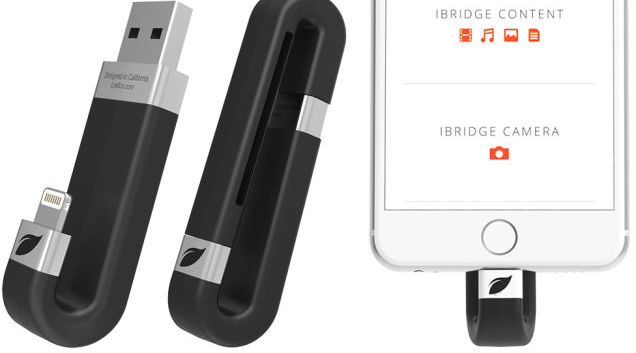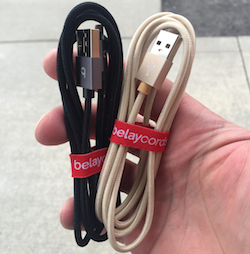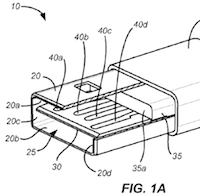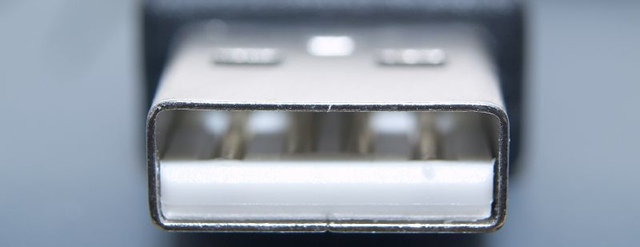The one thing a product that stores data should never do is destroy it. Sure, there may be other smaller issues, but I was surprised to learn that a Leef iBridge 64GB device I tested actively destroyed data while in use. Here’s what it does and how to get around it.
The benefit of backing smaller projects appears to be how much faster they can turn a pledge into a real product. This was the case with BelayCords; A USB cable replacement for the stock Apple cable (with support for others too). With a pledge date of September 9th, 2014, the BelayCords I ordered took 210 days to arrive.
I take a quick and dirty look at reversible USB lightning cables. Interest in these simple cables is at an all-time high with a possible Apple announcement.
Also, installing from USB allows you to directly edit files (if you use an answer file or OEM drivers) and you’re installation will be a much faster process than reading off a traditional optical disc. In fact, if your computer doesn’t have a disc drive, it likely does have a USB port that can be booted from.





